
Before you go, check this out!
We have lots more on the site to show you. You've only seen one page. Check out this post which is one of the most popular of all time.
Not long ago and among the quiet beauty of Glacier National Park, we drove down the rough, sometimes paved, sometimes unpaved Going-to-the-Sun Road to see for ourselves why this park is held in such regard by modern explorers and descendants of its indigenous inhabitants.
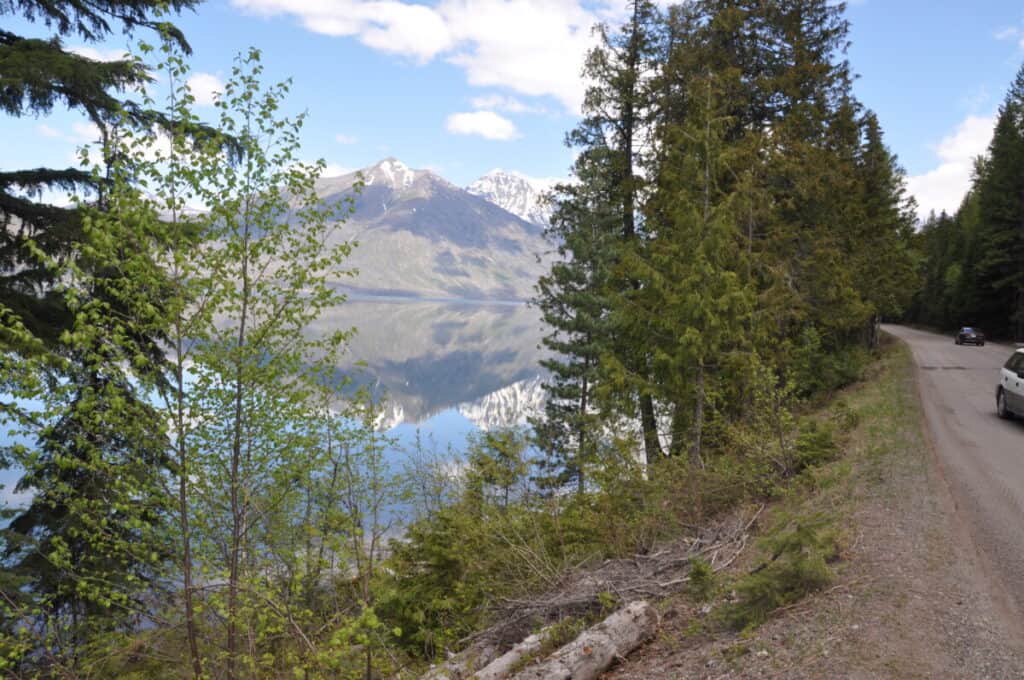
The land that encompasses Glacier National Park was originally part of the traditional territory of the Blackfeet Nation. The park area holds deep historical and cultural ties to the Blackfeet people, as their ancestors lived, hunted, and traveled across this landscape for generations.
The natural features within Glacier National Park, such as the towering mountains, crystal clear lakes, rivers, waterfalls, and majestic glaciers, are seen as sacred by the Blackfeet Nation. They believe that these landscapes hold spiritual power and are connected to their cultural heritage and traditional practices.
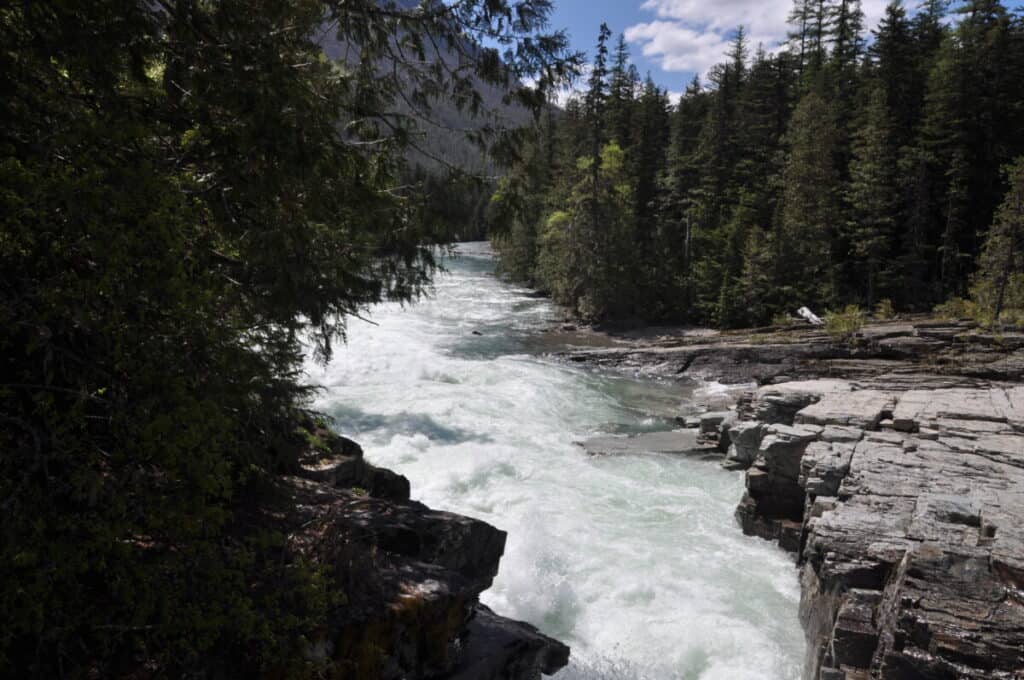
The park’s creation was authorized by legislation known as the “Act to Establish the Glacier National Park in the State of Montana” on May 11, 1910. The act was signed into law by President William Howard Taft, designating the area as a national park and preserving its pristine wilderness for future generations like ours to enjoy.
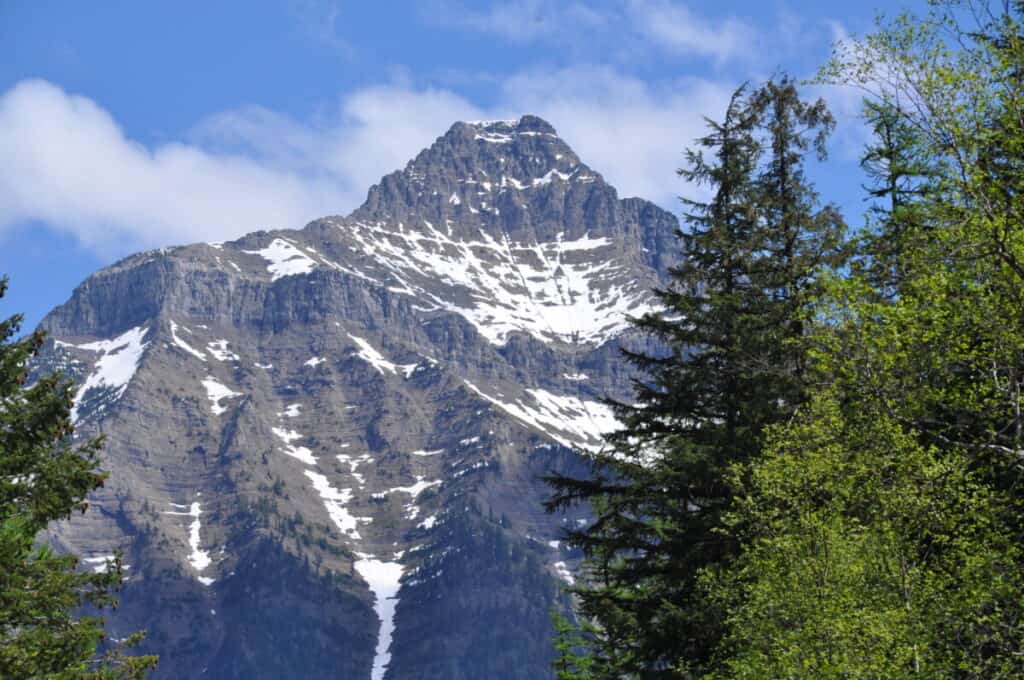
The park is another example of nature’s wonder, boasting sharply cut peaks, glacial valleys, and Jackson Glacier.

Named after Dr. William Henry Jackson, a well-respected photographer, and painter who captured the American West’s beauty in the late 1800s, Jackson Glacier stands today as a retreating sentinel within Glacier National Park. The glacier was born during the Little Ice Age, a period of global cooling that spanned the 16th to 19th centuries. As snow accumulated over time, it compressed and transformed into ice, eventually forming the glacier.
Jackson Glacier is one of the park’s prominent attractions due to its size and accessibility. We drove to the overlook and looked through a spotting scope and a long camera lens to see its formation and remnants of a recent avalanche.
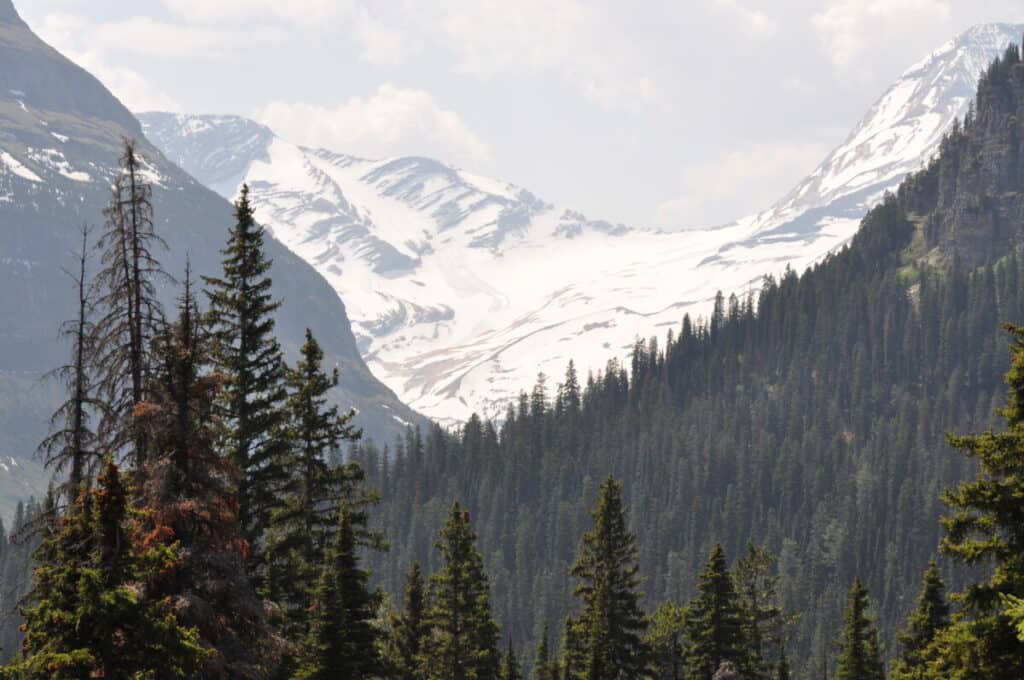
Shortly after our day at the glacier, on a cool and relaxing evening at the campground near the west entrance to the park, we sat by our campfire and thought about what we saw and read on the exhibit displays at points throughout the park.
My mind began to drift, and I got lost in an imagined encounter with a weathered old warrior who appeared out of the woods about one hundred yards from our site. He walked along the road along the perimeter of the campground carrying a medium sized bear skin and as he approached our site, he put his hand up, nodded politely, and said, “The glacier holds a special place in the history and hearts of my people. May I tell you a story?” We said, “of course.”
He was a small, unintimidating, shirtless old man with long, black braided hair, dark skin, and a heavily wrinkled face. He wore a wide leather band around his head with three feathers, one over each ear and one in the front. The five-stranded necklace around his neck was made from uniformly shaped brown beads and he wore one wide, unadorned leather bracelet around each wrist. He wore a pair of western style pants and plain moccasins.
We invited him to take a seat on a built-in bench on the other side of our campfire, and after finding a spot, he laid the bear skin on the bench before sitting. The man asked in a surprisingly soft and calming voice if we had ventured to the glaciers. We acknowledged that we were at Jackson Glacier a day or so earlier.
The old man introduced himself as Sik-ooh-kotoki (Old Sun), then added that we could call him Samuel. Samuel was from the Blackfeet Nation and said that the story he wanted to share with us was from his tribe’s oral history. It was the story of Es-To-Ne-A-Pesta (Wind Maker), the maker of storms and blizzards.
Samuel explained that according to Blackfeet tradition, Es-To-Ne-A-Pesta lived in the upper portions of an area known today as the St. Mary’s Lake Region and was the maker of mountain ice and snow. The glaciers are known as the Wind-Maker’s medicine.
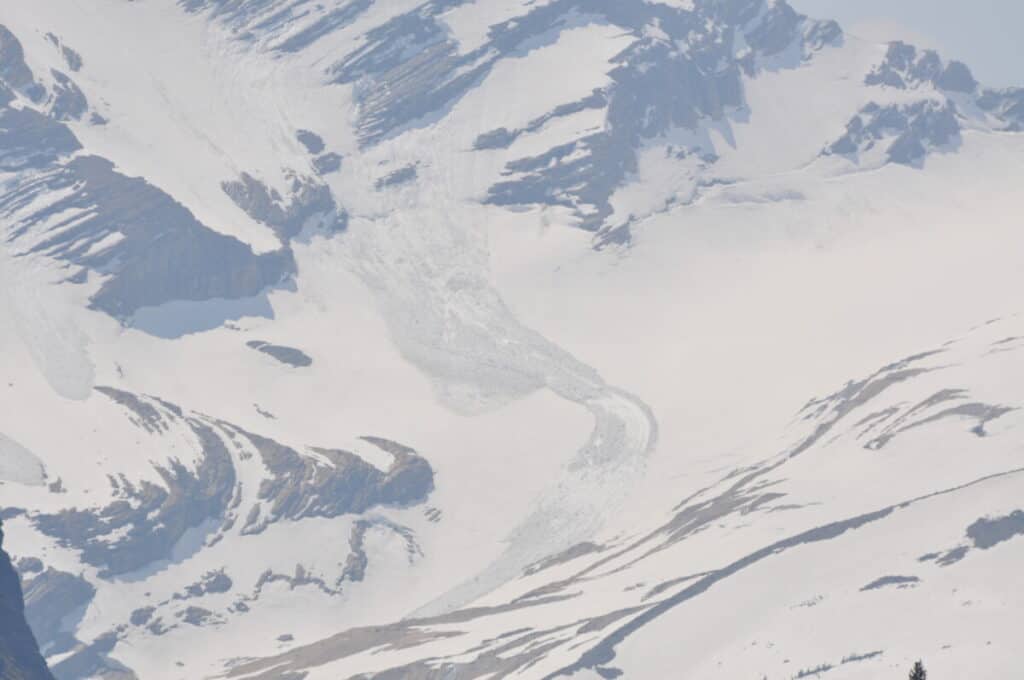
The Wind-Maker battles the Sun and drives the Sun to the south with fierce storms, ice, snow, and cold winds from the north. Samuel said that at the beginning of each battle, the Wind-Maker makes strong medicine and deposits thick sheets of ice along the Rocky Mountains. As the Sun is pushed south, the Wind-Maker begins to lose strength and the Sun is eventually able to push back to slowly warm the earth. The ice and snow begin to melt as the Sun drives the Wind-Maker back north.
Samuel told us that every year as the Wind-Maker loses the battle and is pushed north, he tells the Sun, “At this time, you are stronger, but I leave this thick ice in places along my trail as a sign that I shall come again.”
With that, Samuel lowered his chin until the brim of his hat blocked our view of his face. He nodded a couple of times, mumbled quietly for a moment in a language I am not familiar with, stood slowly, then walked out of my daydream.
The encounter with Samuel is fiction, of course, but the legend of the Wind-Maker was described in one of the exhibits I mentioned earlier. The legend is rooted in the cultural traditions of the Blackfeet Nation and reflects their deep connection to the land and their understanding of the natural rhythms that shape their lives. It speaks to the profound wisdom and respect these communities hold for the forces of nature and the delicate balance that sustains the world.
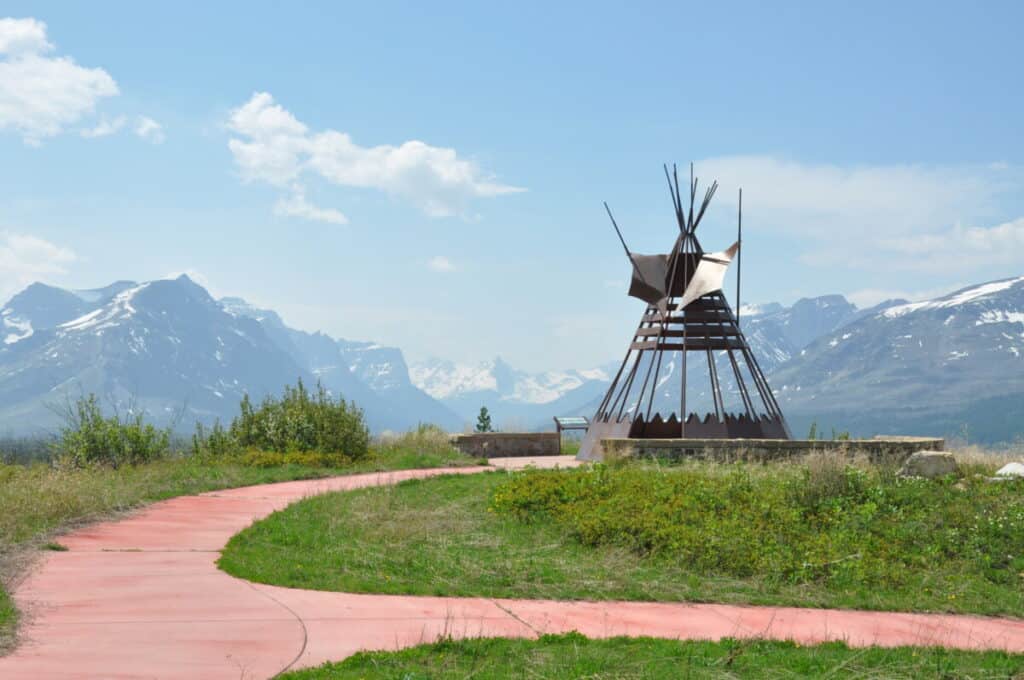
We are leaving Glacier National Park for Yellowstone and while we look forward to our next experience, I think about how this leg of our journey changed us. The echoes of the native American stories and legends shared with us by the National Park Service exhibits throughout the park whisper through the towering mountains, rushing rivers, waterfalls, and ancient glaciers. They changed our perspectives and deepened our appreciation for the perpetual bond between people and nature.
I hope you enjoyed this story. See you down the road!
NomadicNeighborhood is a participant in the Amazon Services LLC Associates Program, an affiliate advertising program designed to provide a means for sites to earn advertising fees by advertising and linking to Amazon.com. We also participate in other affiliate programs which compensate us for referring traffic.
How to Empty a Composting Toilet: Legal considerations and more
Composting toilets divert liquid and solid waste into separate tanks, and each must be emptied independently. Liquid waste is dumped into dump stations, vault toilets, or flush toilets. Solid...
Empty a Black Tank: 16 Steps That Include a Test and Preconditioning
[wpcode id="2133"] When I first started RVing, it took me close to an hour to empty the black and gray tank. I was learning and didn’t want to make a mess, so I took my time. As I gained more...